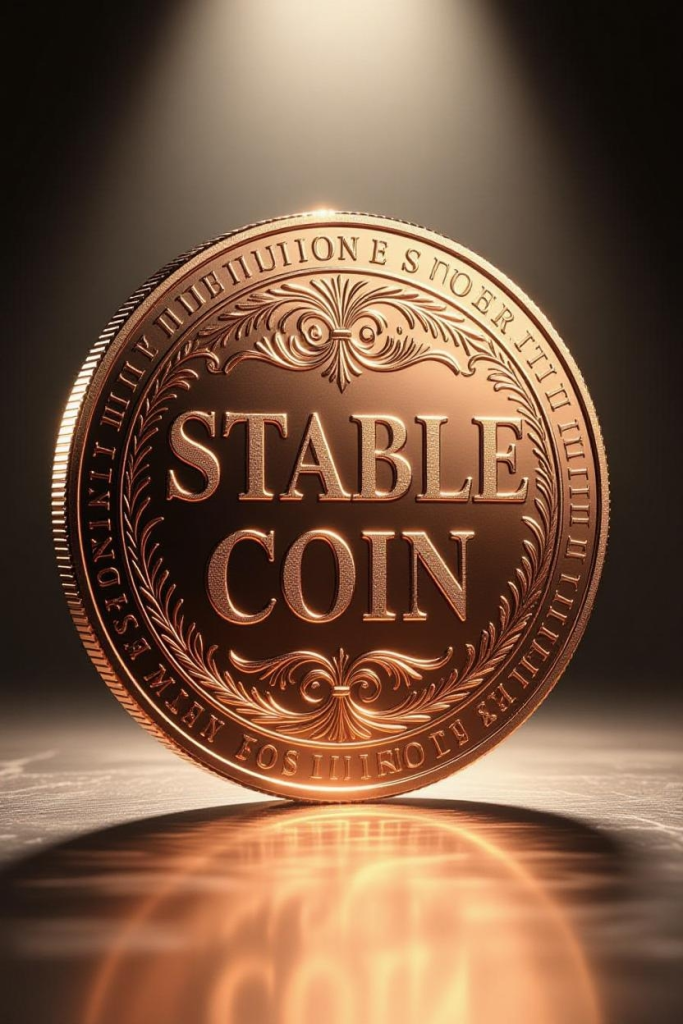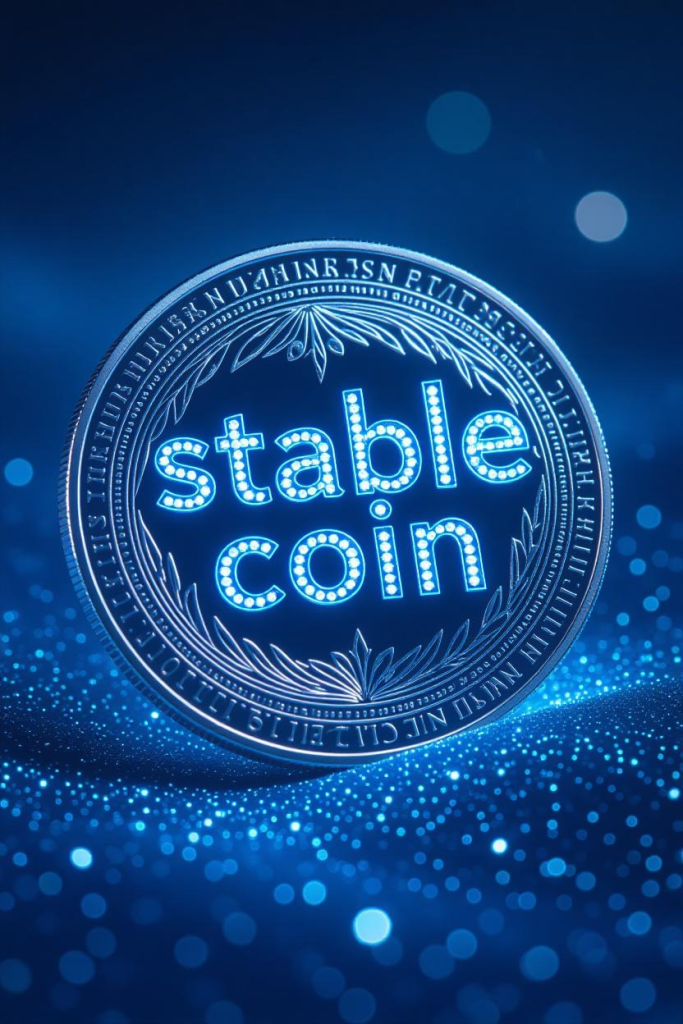
1. What is a Stablecoin?
A stablecoin is a type of cryptocurrency designed to maintain a stable value, typically pegged to a fiat currency such as the US Dollar (USD). Unlike Bitcoin or Ethereum, whose prices fluctuate significantly, stablecoins aim to maintain a stable value around $1 USD.
2. Types of USD 1 Stablecoins
| Stablecoin | Type | Issuer | Notes |
|---|---|---|---|
| USDT (Tether) | Fiat-collateralized | Tether Ltd | One of the oldest and most widely used; backed by USD reserves and other assets. |
| USDC (USD Coin) | Fiat-collateralized | Circle & Coinbase | Fully backed by USD, highly regulated, and audited regularly. |
| BUSD (Binance USD) | Fiat-collateralized | Binance & Paxos | US-regulated; 1:1 USD peg; widely used on Binance exchange. |
| DAI | Crypto-collateralized | MakerDAO | Backed by crypto assets (like ETH) in smart contracts; value maintained algorithmically. |
| TUSD (TrueUSD) | Fiat-collateralized | TrustToken | Fully backed by USD, transparent, with regular audits. |
| GUSD (Gemini Dollar) | Fiat-collateralized | Gemini Exchange | US-regulated, audited, pegged 1:1 to USD. |

3. How They Maintain $1 Value
- Fiat-collateralized: Issuer holds USD or equivalent reserves; each stablecoin = 1 USD.
- Crypto-collateralized: Over-collateralized with cryptocurrencies; smart contracts automatically stabilize value.
- Algorithmic: Supply adjusts automatically based on demand to maintain $1.
4. Uses
- Quick transfers without crypto volatility.
- Trading and hedging against crypto price swings.
- DeFi applications like lending, staking, and liquidity pools.
5. Reliable $1 Stablecoins in 2025 (Practical Perspective)
- USDC: Highly regulated, transparent, suitable for professional trading and DeFi.
- BUSD: Best for Binance users; US-regulated and widely accepted.
- DAI: Decentralized and crypto-backed; useful for crypto-native DeFi applications.
- USDT: Highly liquid and widely used, but slightly less transparent than USDC/BUSD.
Pros and Cons
| Stablecoin | Pros | Cons | Risk / Notes |
|---|---|---|---|
| USDC (USD Coin) | Highly regulated; fully backed by USD; audited regularly; widely accepted in DeFi and exchanges | Slightly slower adoption in smaller exchanges compared to USDT | Very low risk; considered safest USD-pegged stablecoin for professional users |
| BUSD (Binance USD) | US-regulated; fully backed; widely used on Binance; good liquidity | Mainly tied to Binance ecosystem; less decentralized | Low risk; good for Binance users; regulatory oversight adds trust |
| USDT (Tether) | Extremely liquid; most widely traded stablecoin; available on almost all exchanges | Controversies over full transparency of reserves; centralized | Moderate risk; widely used but slightly less transparent |
| DAI | Decentralized; crypto-collateralized; algorithmic stabilization; useful in DeFi | Value can fluctuate slightly if crypto collateral drops sharply; slower adoption outside DeFi | Moderate-low risk; more volatile than fiat-backed coins; fully crypto-dependent |
| TUSD (TrueUSD) | Fully backed by USD; transparent; audited; US-regulated | Smaller user base; less liquidity than USDT/USDC | Low risk; transparent but not as widely used |
| GUSD (Gemini Dollar) | US-regulated; fully backed; audited; secure platform | Smaller adoption outside Gemini exchange; less global liquidity | Low risk; secure and regulated, but limited ecosystem |
Summary point for 2025:
- USDC : safest overall; best for compliance and large-scale usage.
- BUSD : ideal for Binance ecosystem; regulated and stable.
- USDT : most liquid; widely used but slightly riskier in terms of transparency.
- DAI : best for decentralized finance enthusiasts; fully crypto-backed.

